The Bugatti Chiron that set a new production car speed record of 304.773mph has been displayed to the public for the first time at the Los Angeles motor show.
The road-going Chiron has a limited top speed of 261mph, but the company removed that restriction when British sportscar veteran, Le Mans winner and official Bugatti tester Andy Wallace drove to an astounding 304.773mph at the VW Group’s secretive Ehra-Lessien test track in Germany.
The Chiron’s “near production” spec included an additional safety cell, aerodynamic changes and a taller seventh gear, as well as a 1578bhp version of Bugatti’s quad-turbocharged 8-litre W16 engine, taken from up from the 1479bhp of the ‘standard’ car. It was displayed at LA alongside the company's previous fastest car, the Veyron Super Sport.
A production version of the record-setting car, the Chiron Super Sport 300+, was revealed at the climax of Bugatti's Grand Tour rally in Italy early this year. The €3.5m (£3.1m) model will be limited to just 30 examples, with the first customers expected to take delivery in mid-2021.
Exceeding 300mph relied on specially constructed Michelin Pilot Cup 2 tyres designed to handle the enormous forces of such speeds; at the record velocity, each was turning 4100 times a minute. Each tyre was X-rayed before it was selected for use to ensure that none of the radial bands were touching each other; while this doesn’t matter at even the Chiron’s normal governed speed, it could have created unwanted tyre hot-spots at higher velocities.
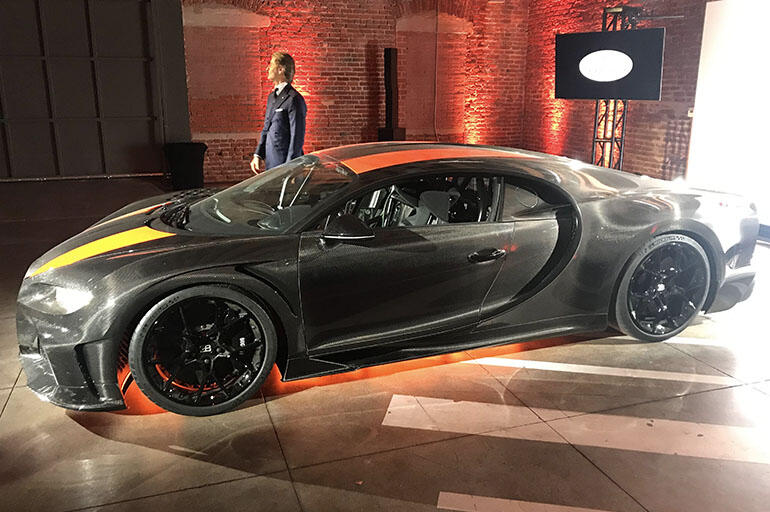
Wallace also admitted that the enormous gyroscopic effect of the wheels rotating so quickly became a challenge at ultra-high speeds. “At 200mph you can barely feel it, but at 300mph it’s absolutely enormous,” he told Autocar after the run, “it’s felt mostly on the front wheels and, therefore, the steering; like a spinning top, when it starts to move it wants to continue to move.”

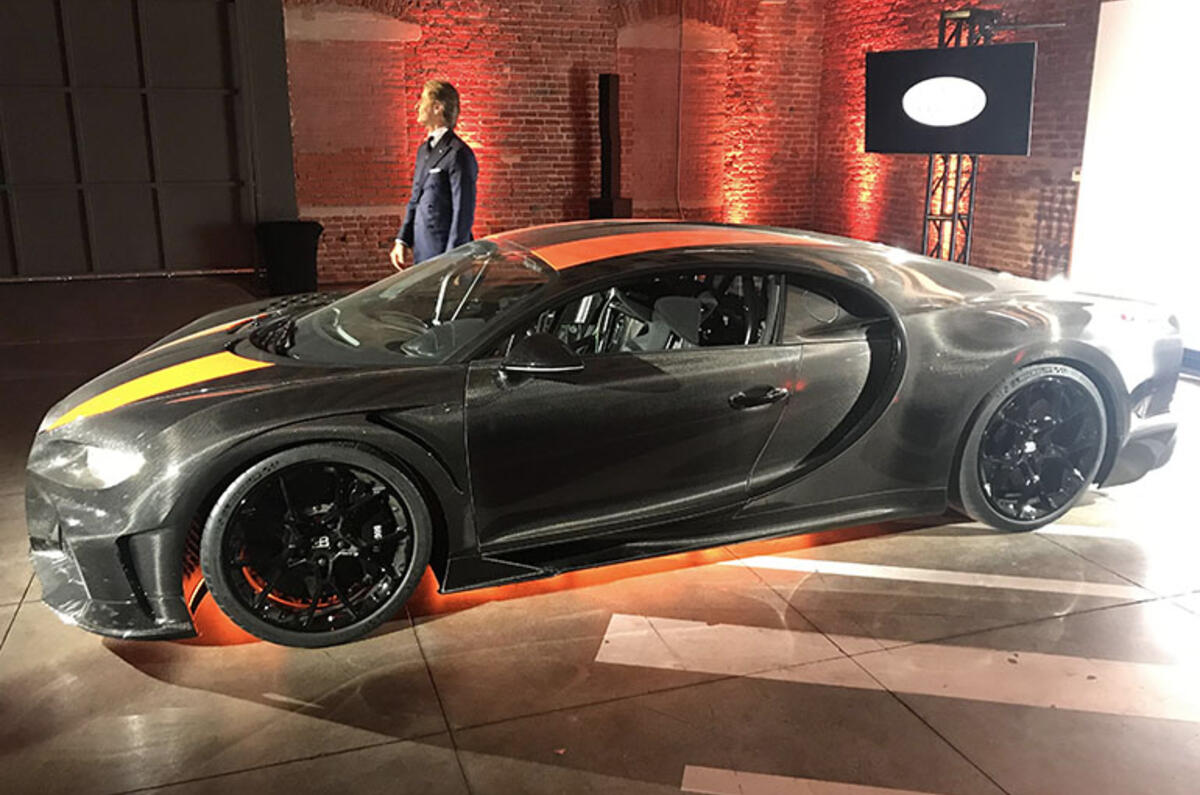
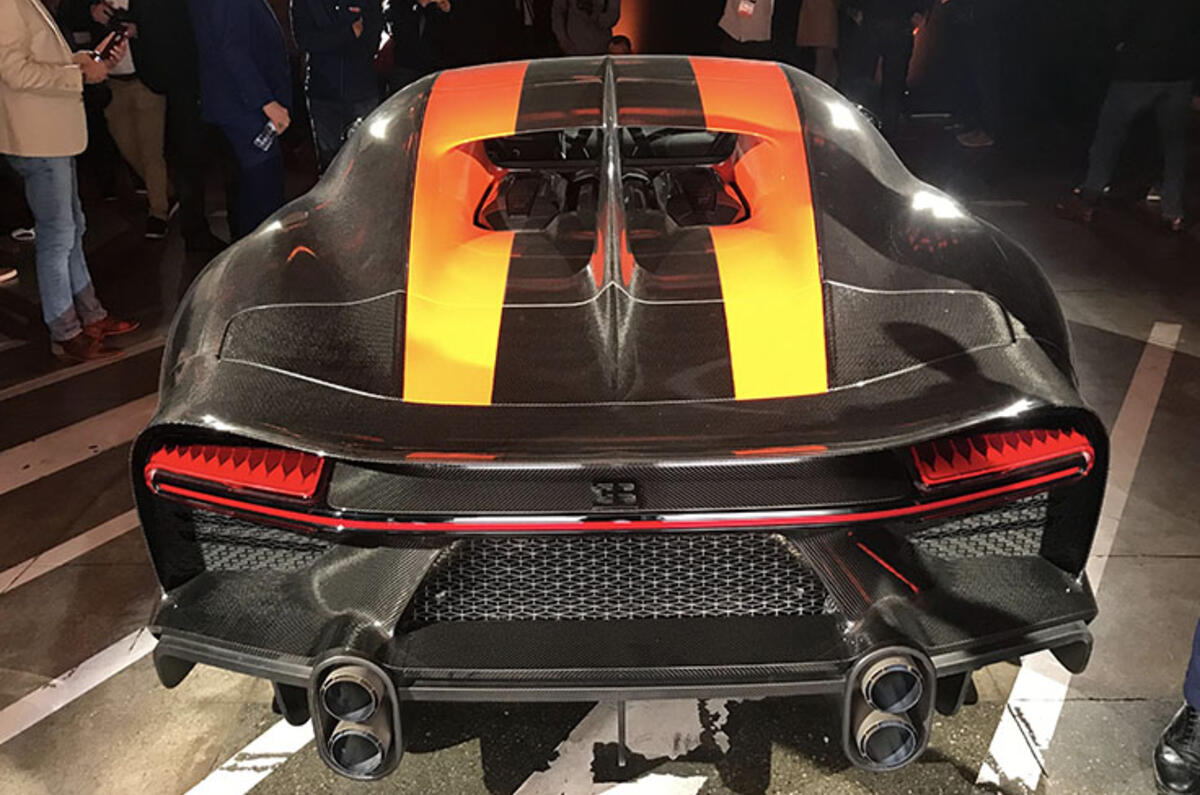
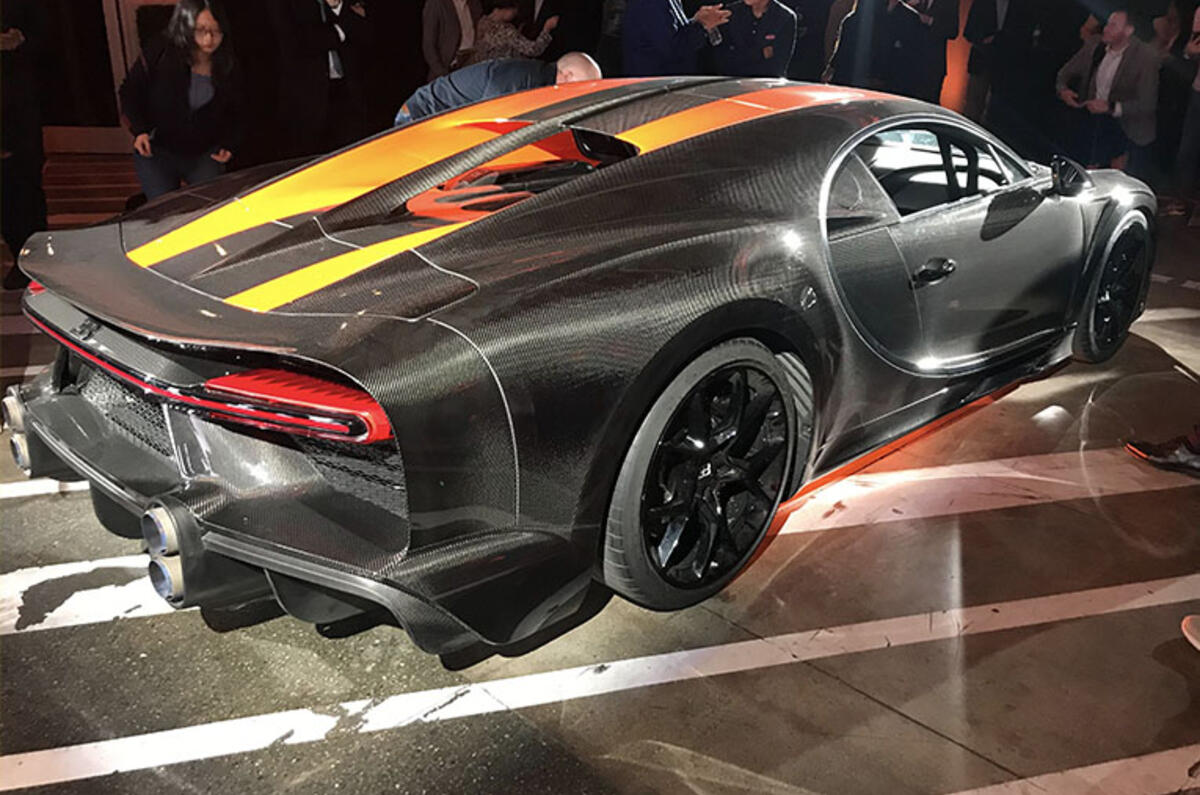
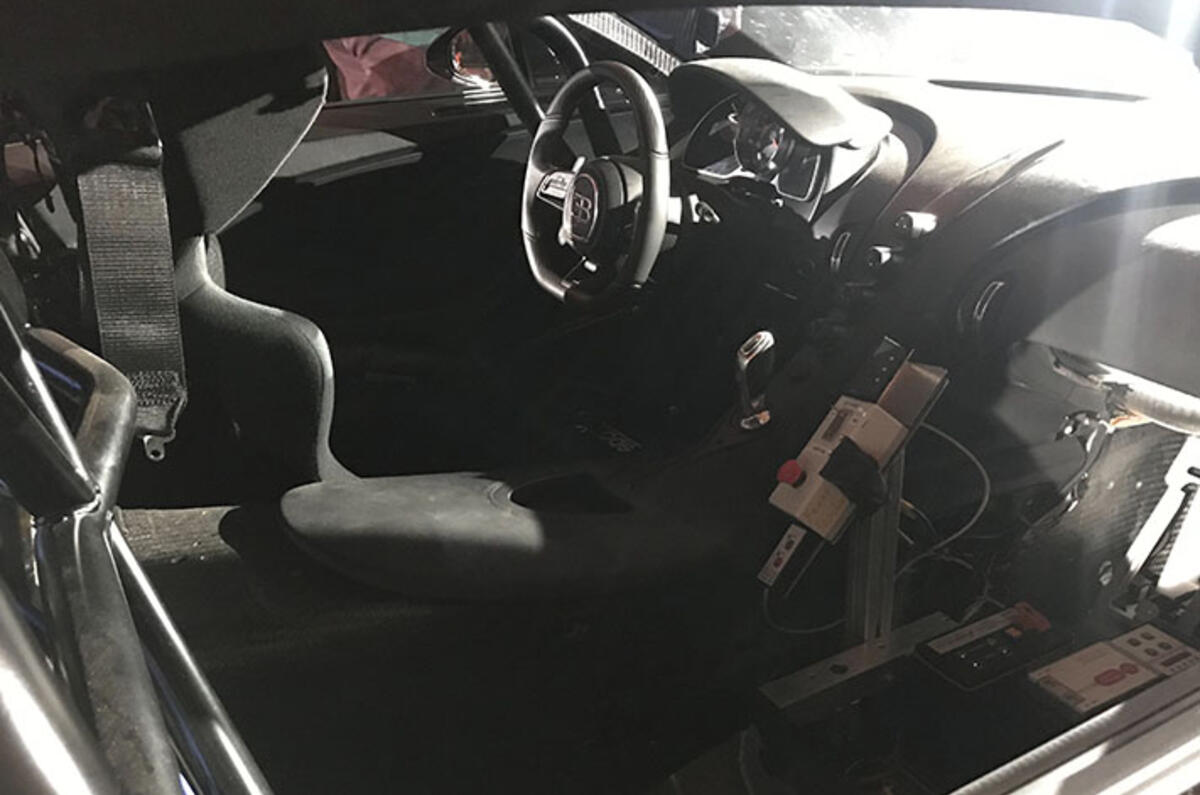
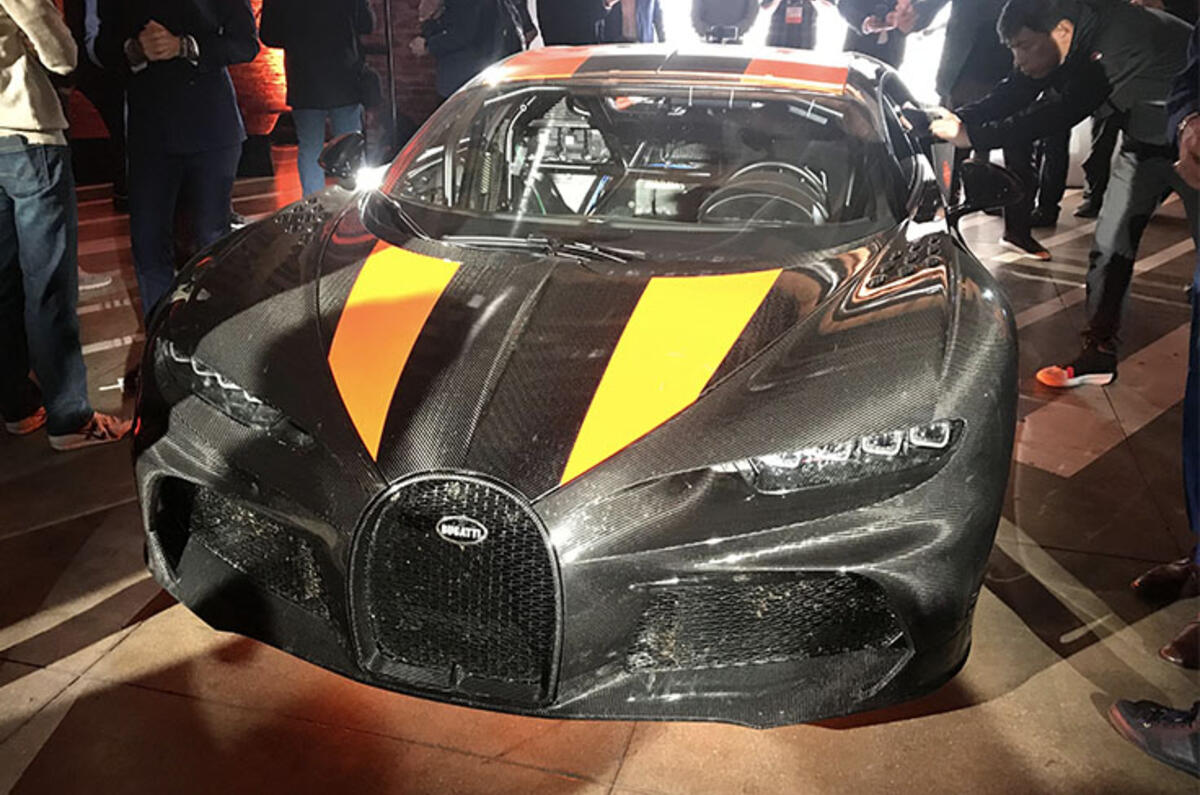
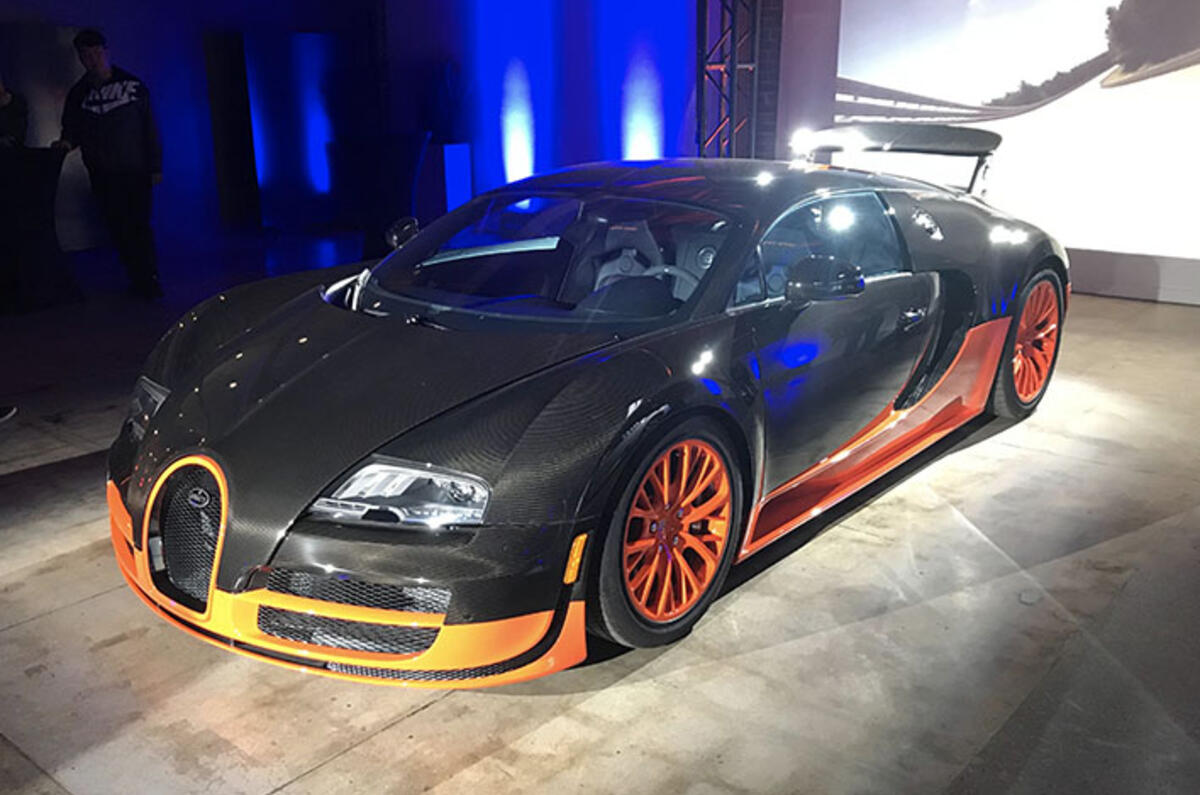
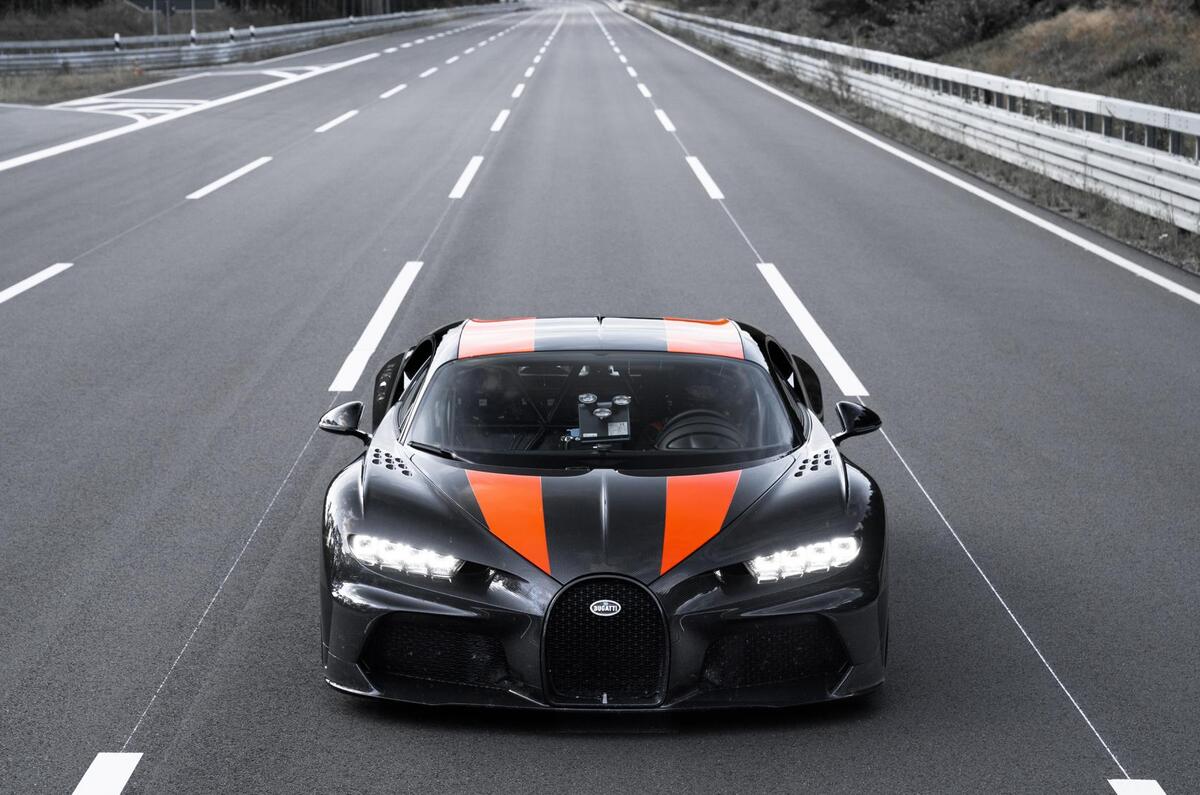
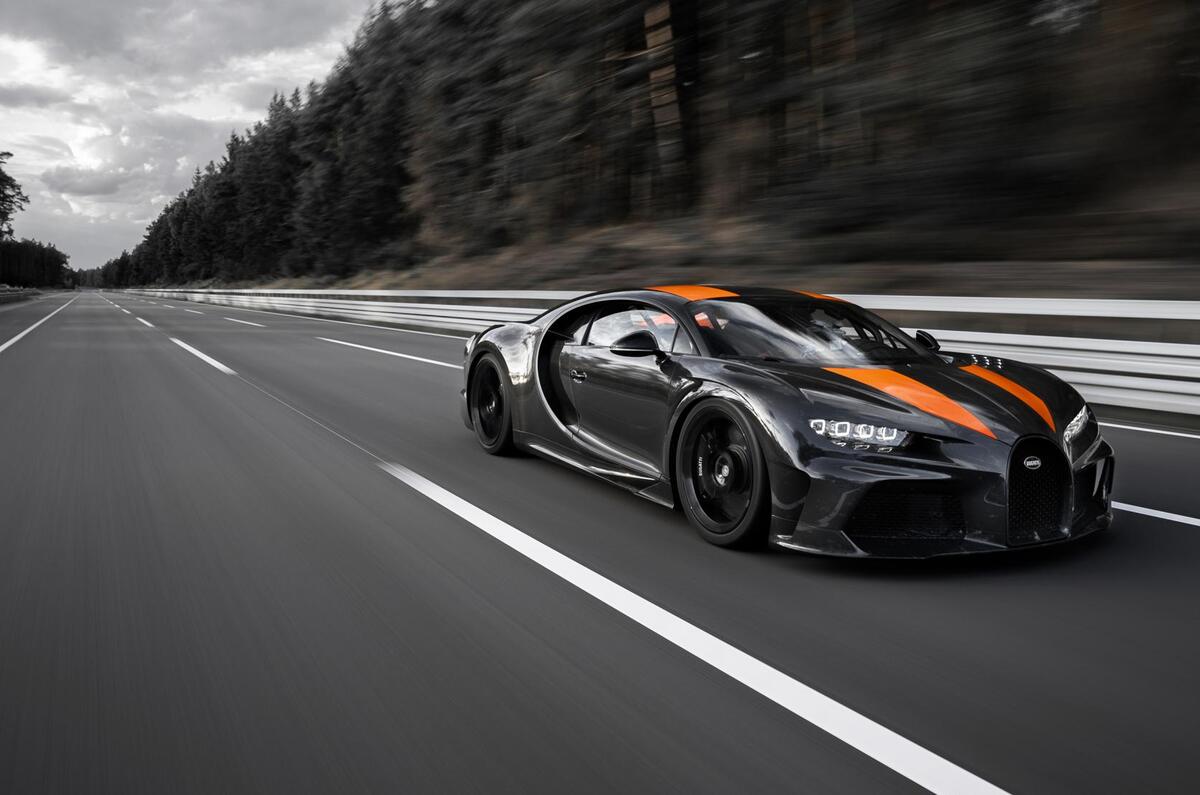
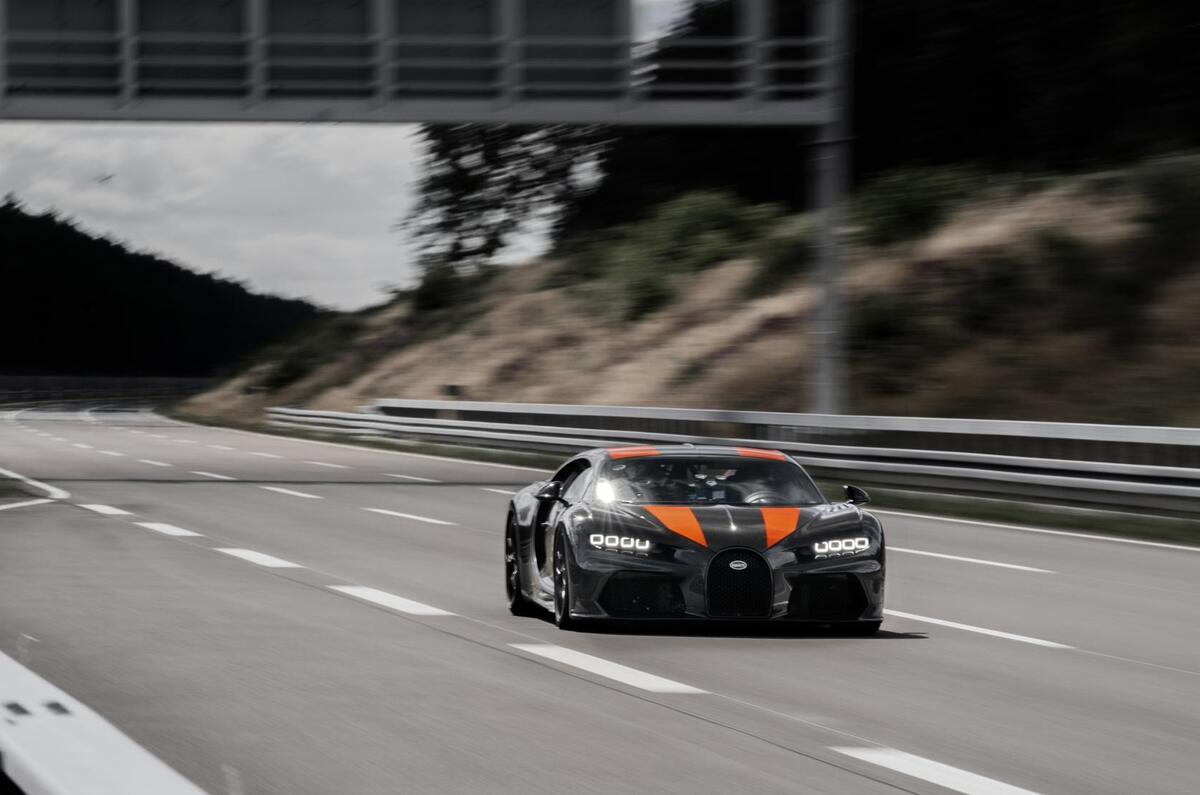
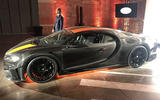
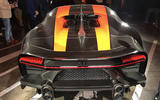
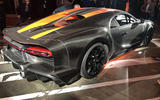
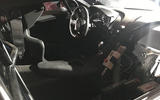

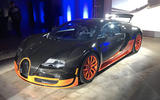
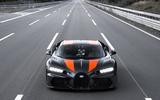
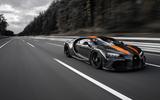
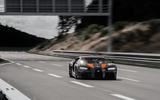

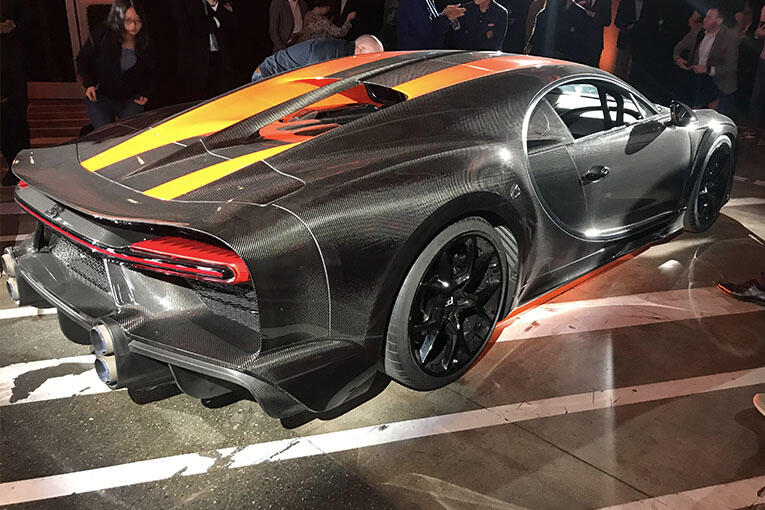


Join the debate
Add your comment
First 300mph road car?
Didn’t a modified, but still road legal, Ford GT reach 300mph earlier this year?
Impresive achievement.
Impresive achievement.
Utterly pointless except for the egomaniacs.
Meanwhile in the real world...
Each wheel was doing
Flipping heck.